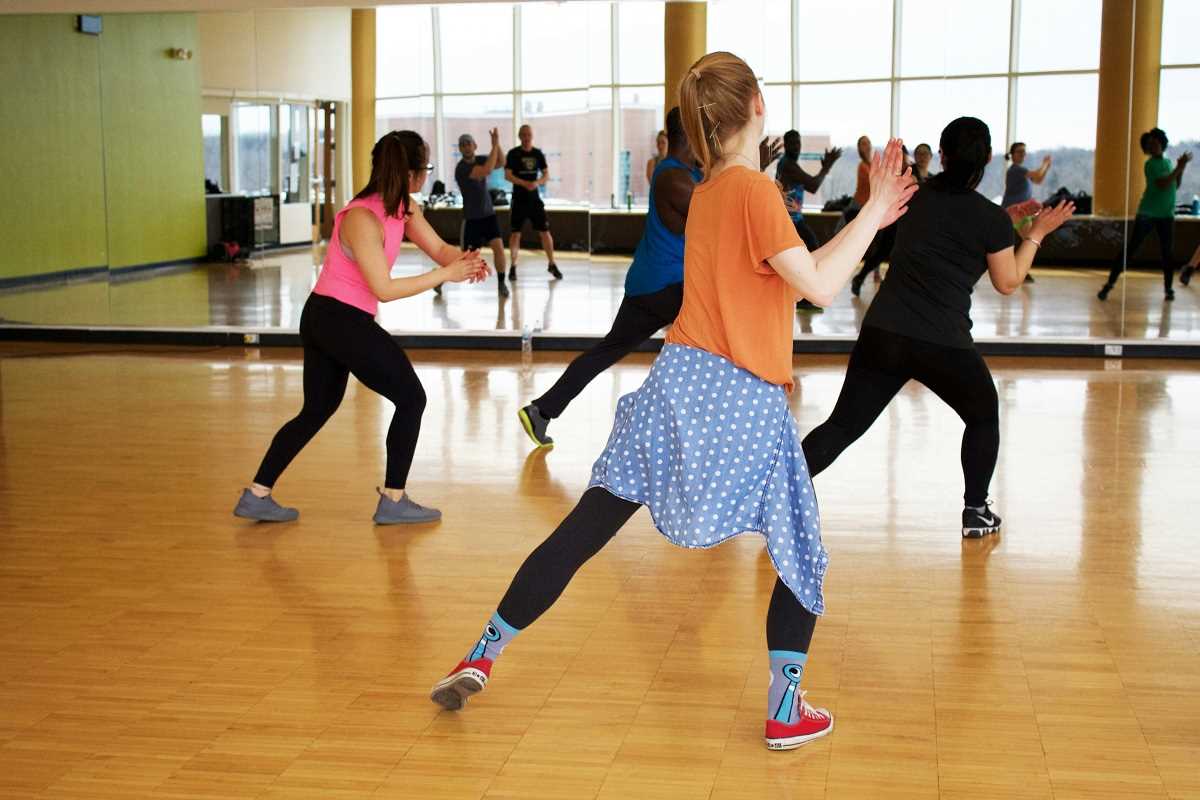In recent years, the intersection of physical movement and mental well-being has garnered significant attention. Among the various modalities explored, dance therapy has emerged as a compelling approach to enhancing mental health. This innovative form of therapy leverages the expressive power of dance to address psychological challenges, providing individuals with a unique pathway to healing and self-discovery.
Understanding Dance Therapy
Dance therapy, also known as dance movement therapy (DMT), is a therapeutic practice that integrates dance and movement with psychological principles. Certified dance therapists are trained to guide individuals through movements that can help express emotions, reduce stress, and improve overall mental health. Unlike traditional talk therapies, dance therapy emphasizes the body’s role in emotional expression, recognizing that movement can be a powerful communicator of feelings that words alone may not capture.
The foundational theory of dance therapy is that the body holds onto experiences and emotions. By engaging in guided movement, individuals can release pent-up emotions, gain insights into their behavioral patterns, and foster a deeper connection between their mind and body. This holistic approach not only addresses mental health issues but also promotes physical well-being, creating a comprehensive pathway to healing.
Benefits of Dance Therapy for Mental Health
- Emotional Expression: Facilitates the expression of emotions that may be difficult to articulate verbally.
- Stress Reduction: Engaging in dance movements helps reduce stress hormones, promoting relaxation and calmness.
- Improved Mood: Physical activity involved in dance releases endorphins, enhancing overall mood and combating feelings of depression.
- Enhanced Self-Esteem: Mastering new dance skills can boost confidence and self-worth.
- Social Connection: Group dance therapy sessions foster a sense of community and reduce feelings of isolation.
- Cognitive Benefits: Dance requires coordination and memory, which can improve cognitive functions and prevent cognitive decline.
Case Studies and Real-Life Applications
- Trauma Recovery in Veterans: A study conducted at the Veterans Health Administration demonstrated that veterans participating in dance therapy reported significant reductions in PTSD symptoms and increased feelings of empowerment.
- Autism Spectrum Disorder: Children with autism engaged in dance therapy showed improvements in social skills, communication, and emotional regulation, as documented by the Autism Research Institute.
- Depression in Adolescents: A program implemented in several high schools observed that adolescents participating in dance therapy sessions experienced lower levels of depression and anxiety compared to their peers.
- Elderly Care: Dance therapy programs in retirement communities led to enhanced mobility, decreased feelings of loneliness, and improved cognitive functions among senior participants.
- Substance Abuse Recovery: Individuals undergoing substance abuse treatment benefited from dance therapy through improved body awareness, stress management, and the development of healthier coping mechanisms.
The Science Behind Dance Therapy
Research in neuroscience and psychology provides a robust foundation for understanding how dance therapy impacts mental health. Engaging in dance stimulates the brain's motor and emotional centers, facilitating neuroplasticity—the brain's ability to reorganize itself by forming new neural connections. This reorganization is crucial for overcoming negative thought patterns and developing healthier mental states.
Moreover, the rhythmic movements inherent in dance can synchronize brain waves, promoting relaxation and reducing anxiety. Physical activity increases the production of neurotransmitters like serotonin and dopamine, which are essential for mood regulation and feelings of well-being. The combination of physical movement and emotional expression in dance therapy creates a synergistic effect that enhances mental resilience and emotional stability.
Challenges and Misconceptions
Despite its growing popularity, dance therapy faces several challenges and misconceptions that can hinder its acceptance and implementation. One common misconception is that dance therapy requires individuals to be skilled dancers. In reality, the emphasis is on personal expression and emotional release rather than technical proficiency. Dance therapists tailor movements to each individual's comfort level, ensuring that everyone can participate meaningfully regardless of their dance background.
Another challenge is the limited availability of trained dance movement therapists, which can restrict access to this form of therapy. Additionally, some cultural stigmas surrounding mental health and expressive therapies may prevent individuals from seeking dance therapy. Addressing these misconceptions through education and advocacy is essential for expanding the reach and effectiveness of dance therapy as a legitimate mental health treatment.
Furthermore, funding and insurance coverage for dance therapy are not as widespread as for traditional therapies, posing financial barriers for those who could benefit from it. Overcoming these obstacles requires ongoing research to demonstrate the efficacy of dance therapy and policy initiatives to include it in mental health care programs.
Another challenge lies in integrating dance therapy into existing mental health frameworks. Many mental health professionals may not be familiar with dance therapy, leading to underutilization of its benefits. Collaboration between dance therapists and other healthcare providers is crucial for creating comprehensive treatment plans that incorporate multiple therapeutic modalities.
Lastly, measuring the outcomes of dance therapy can be complex due to its subjective and multifaceted nature. Developing standardized assessment tools that capture the emotional, cognitive, and physical benefits of dance therapy is necessary for validating its effectiveness and ensuring its continued integration into mental health practices.
In conclusion, dance therapy offers a unique and effective approach to enhancing mental health through the powerful combination of movement and emotional expression. Its ability to address a wide range of psychological issues, supported by scientific research and real-life applications, underscores its potential as a valuable tool in mental health care. By overcoming existing challenges and misconceptions, dance therapy can become more accessible and widely recognized as a vital component of holistic mental health treatment.
 (Image via
(Image via





